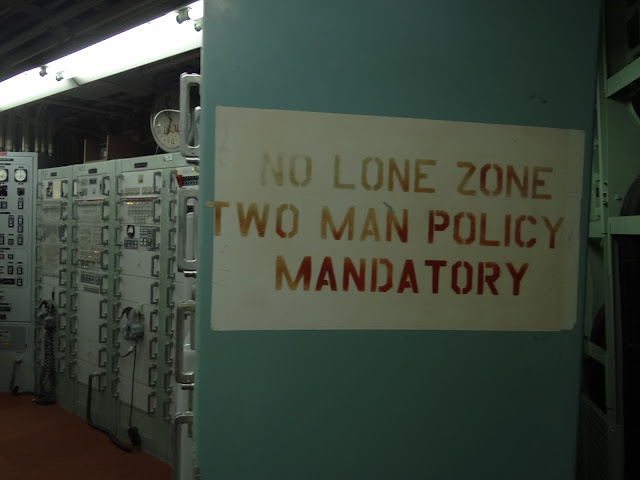The New Year is here and so is some nice weather, so we decide to take a drive to see the Casa Grande Ruins
The
ancient Sonoran Desert people built the Casa Grande and developed wide-scale irrigation farming
and extensive trade connections in the area which lasted over a thousand years until
it was abandoned around 1450. There was no written language and hence no historic writings left behind. The first historic accounts were by a missionary in 1694.
A Steel shelter roof was constructed over the Big House in 1932 to help preserve the ruins
The ruins were built with caliche, hard clay
under the desert floor ground up and mixed with water to create a
sticky mud that could be molded and dried as hard as rock. Casa
Grande contained an estimated 3,000 tons of caliche, all hand molded in
two foot layers built on top of one another without scaffolding or
tools. Floors and internal supports were built with pine and fir logs
brought from 50 miles away and imbedded in the wet caliche.
It is believed that the Casa Grande functioned partly as an astronomical
observatory since the four walls face the points of the compass, and
some of the windows are aligned to the positions of the sun and moon at
specific times such as summer/winter solstice and the spring/fall equinox.
They did this through a series of aligned holes or
channels constructed in the walls. Pretty amazing since they had no tools, no working animals and no livestock.

Using only pointed sticks, they dug hundreds of miles of irrigation canals to bring water from the Gila River into the desert. This created an oasis of almost 1,000 square miles of fertile crop land in which they grew corn, beans, squash, tobacco and cotton. One theory regarding the decline of Casa Grande is that there was grand scale flooding of the Gila River Valley in the late 1300’s, deepening the river channel to where no water could flow into the existing irrigation canals. The flooding was followed by years of drought, which lowered the water level even more. Eventually the people abandoned the area and relocated elsewhere.
However, the pigeons have moved in
A fascinating place.
Next the Titan Missile Museum
This preserved Titan II missile site, officially known as complex 571-7, is all that remains of the 54 Titan II missile sites that were on alert across the United States from 1963 to 1987.
This preserved Titan II missile site, officially known as complex 571-7, is all that remains of the 54 Titan II missile sites that were on alert across the United States from 1963 to 1987.

No one was allowed alone in most spots when you consider what the missile could do.


Able to launch from its underground silo in just 58 seconds, the Titan II was capable of delivering a 9-megaton nuclear warhead to targets more than 6300 miles (10,000 km) away in about 30 minutes. Maybe we shouldn't let Gary too close to the control panel









No comments:
Post a Comment
Talk to us! Let us know what you think!